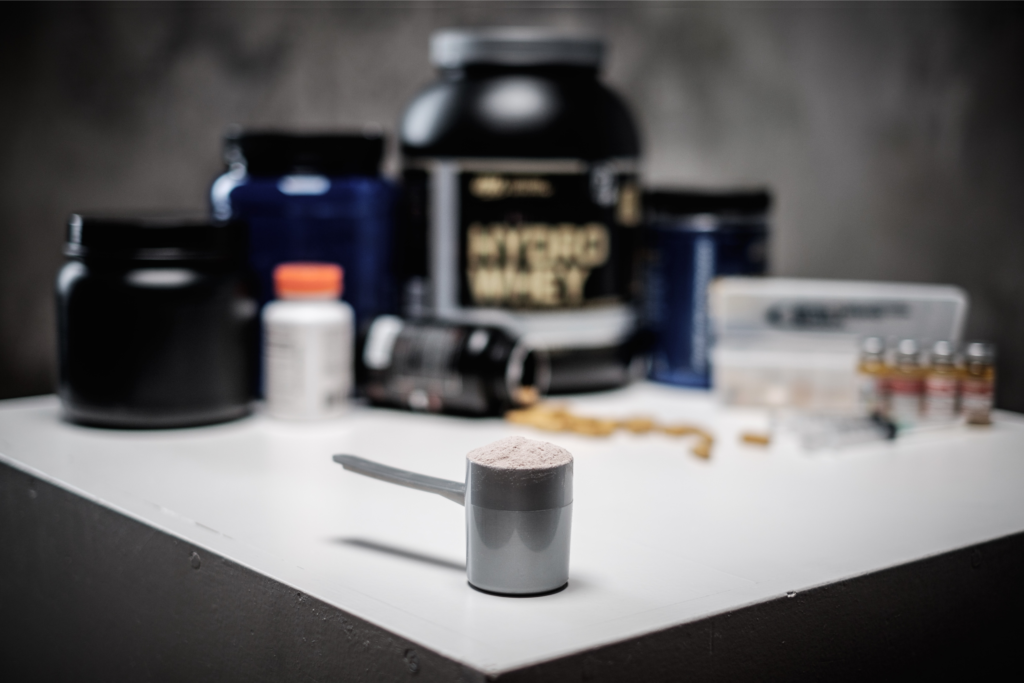Have you ever visited your local Vitamin Shoppe and noticed large containers along the walls? You may have stumbled upon whey protein isolate. This powder-like substance is no stranger to any college kid who is trying put on some extra muscle at the gym. However, I would make the argument that this unique powder could be a vital source of protein to practically anybody.
So, what is it exactly?
This pure source of protein (containing all nine essential amino acids) is actually by-product of cheesemaking. It first begins its journey as milk (usually from cow’s milk). Then, a combination of enzymes, heat, and other catalysts are added to the milk product, which will in turn force the liquids and solids to separate.1 The solid are usually found at the top and make up another protein powder option known as casein. More about casein another time. Anyway, the liquid portion of this newly separate concoction is the whey protein. Then, the liquid will be further processed and dried to assume its maximal protein form. This protein contains about 50% essential amino acids and 26% branched chain amino acids. About 60% of this protein may stimulate skeletal muscle growth. Overall, this protein powerhouse of a supplement may reduce fatigue and suppress protein muscle breakdown. This might be especially important for those athletes who engage in laboring physical activity that naturally will create beneficial microtears in the muscle. The protein ingested will provide the reserves necessary to help rebuild this muscle.
There are three different types of whey protein in the market. Which one do you recommend?
I would opt for whey protein isolate. This particular type of whey undergoes more processing than other forms and yields the highest concentration of protein (approximately 90% worth). It contains far less sugars and fat as well. In addition, it is relatively easy to digest. Those who struggle with lactose should not fear. With some extra processing, whey protein isolate contains a minimal amount of lactose and may not affect you. With that being said though, you should steer on the side of caution and listen to how your body reacts especially if you suffer from lactose intolerance. If you do experience any nausea, bloating, cramping, stomach aches, headaches, or gas, then it may be best to curb the whey and try a plant-based version of protein powder instead. Remember there are plenty of tools in the toolshed to choose from. Calling it quits on a high-protein supplement does not have to be only option if you are sensitive to whey protein.
How might I be able to incorporate whey protein in my day-to-day?
I usually will recommend adding this supplement to the following:
- Mix it in your morning coffee, steamed latte, or matcha tea
- Try adding it to your breakfast favorites such as a bowl of cereal, muffins, waffles, or pancakes
- Whip up a yogurt parfait or oatmeal with some added whey protein goodness
- Get fancy and add it to a granola bar mix (great for my people who have to get up and go)
- Keep it simple and just add it to a smoothie. A liquid means quickly digestible and perfect for post-workout rebuild.
References
- Hoffman JR, Falvo MJ. Protein – Which Is Best? Journal of Sports Science and Medicine. 2004;3:118-130.

